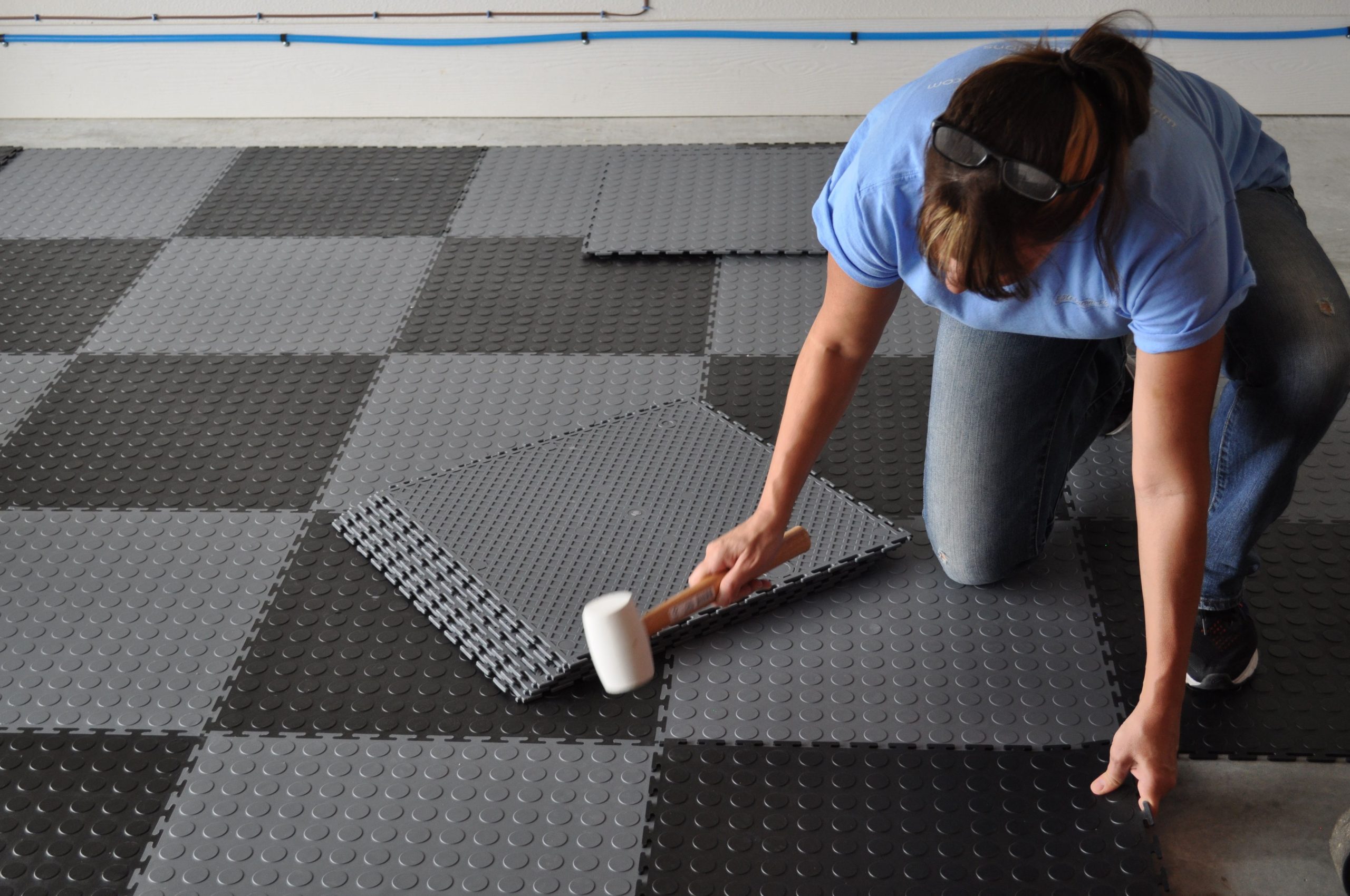In only one year, homeowners in the United States installed 3.05 billion square feet of tile. Laying floor tiles is the most popular way to update the aesthetic of a property. No matter what style of floor tile you choose, tile done incorrectly will detract from the appearance of your property. Don’t let this deter you from attempting this do-it-yourself project.
We’re going to show you how to tile properly. If you follow these methods, you’ll be tiling like a pro in no time.
1. Inappropriate Trowel Size
The size of your trowel should correspond to the size of the tile. The deeper the thin set must be, the larger the tile being used.
A trowel with deep notches is required to make the deeper thin set. The deeper notches provide you more flexibility while laying tile.
Check to see if the thin set you buy says “big tile” or “large format” on it. This thin set is thicker and may accommodate larger tiles.
A half-inch trowel works well for tiles up to 16 inches in length. Tiles larger than this require a 3/4-inch notch.
Remember that because you’re using more of your thin set, you’ll go through it faster. A 50-pound bag with a 1/2-inch notch should cover a 40- to 50-foot area. Using a 3/4-inch trowel, a 50-pound bag should cover a 30 to 40-square-foot area.
2. Textile Cracking
Take certain measures when cutting tile to avoid breaking it. Too many broken tiles will be wasteful and costly.
The best way to cut tile is with a diamond wet saw. A diamond saw blade is abrasive and does not have teeth.
Mark the tile with a pencil before cutting. For this, you can use a standard lead or a grease pencil.
Place the tile against the fence, with the line aligned with the blade. After turning on the saw, you must wait for the water to flow.
While cutting, apply slow, equal pressure. Push the two halves together as you near the conclusion of your incision. Keeping the tiles in place prevents them from cracking.
If you hear the blade slow down as you cut, you’re going too quickly. The slower you need to go, the harder the material you’re cutting is.
3. Inappropriate Underlayment
The underlayment is the surface on which the tile is put. A level, even, and robust surface is required. Without it, your tile would droop and crack in areas.
If your underlayment is insufficient, lay down 1/4 to 1/2 inch cement board first. Then, on top of the board, place your tile.
If you have adequate old vinyl flooring, you can tile straight over it. This assumes the floor is thick enough to sustain the tile.
Examine the subfloor to see how far apart the floor framework is. If the framing is 16 inches apart, add 1-1/8 inch cement board. If the floor framing is spaced 24 inches apart, the additional cement board should be at least 1-1/2 inches thick.
When installing cement board, keep in mind that you are raising the floor’s height. The vanity must be raised and the toilet ring must be extended.
4. Installed The Tile In The Wrong Place
Laying tile in a diagonal pattern necessitates careful preparation. You can measure 45-degree angles if your tile is square.
When the tiles are diamond rather than square, the way they are laid alters. Begin by arranging the tiles in a circle. Using a single layout line, align the corners.
Construct the design around this first measurement. As you work, use a straightedge to check your lines.
5. Inaccurate Grouting
The wrong grout or incorrectly applied grout can destroy the appearance of your DIY tiling job. You want grout lines that are clean and even.
Using a trowel, combine your grout until it resembles peanut butter. Using a drill or paddle introduces air, reducing the gripping strength.
Allow the grout to sit for 10 minutes before using it. If this stage is skipped, the grout will be weaker and more prone to cracking.
6. You Failed To Prepare
Before you tile, you must clean and prepare the surface. Ensure that there is no grease, dirt, or fingerprints.
If you skip this step, the adhesive will not adhere to the wall. This is a common problem when tiling bathroom or kitchen walls.
To clean the walls, make a solution of water and mild dish soap. If there are a lot of stains or buildup, use a paint deglosser or abrasive pad to remove them. You can hire the best services to get the job done for you. Ken Teg Tegelwerken is offering the best Tegelwerken in Antwerp.
7. There Is No Backer Board
If you are tiling in a wet location, you must utilise a backboard. The backer board maintains its stiffness and prevents water from getting into places it shouldn’t.
The most durable type of backboard is cement board. It’s made of cement and sand, and it’s reinforced with fibreglass.
Fiber cement board is made of cement, sand, and wood fibre. It is similar to the other cement board but has some limits in terms of use.
Glass mat gypsum works well in moist regions but not in locations where there is persistent water. They are made of silicone-treated gypsum that has been strengthened with fibreglass.
Water-resistant drywall works nicely for tiling around a sink. It can withstand little splashing but not continual wetness.
